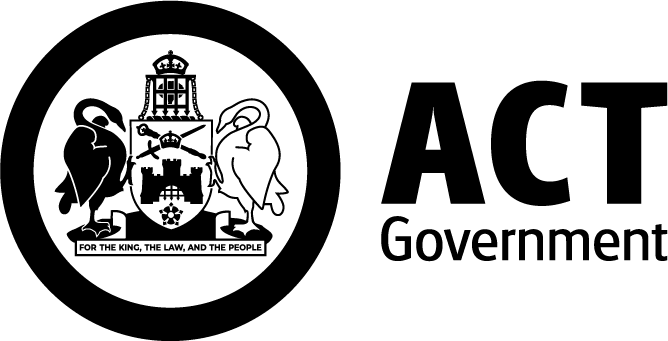Green and Golden Bell Frog (Litoria aurea)

Description
- The Green and Golden Bell Frog is a large frog that grows up to 85 mm long.
- It ranges in colour from dull olive to bright emerald green.
- It has blotches on its body that can be brown to golden-bronze.
- It has a cream or yellow strip running from behind its eye to its lower back.
- It has no webbing on its front toes and webbing on its back toes.
- It’s active during the day and usually breeds in summer when the weather is warm and wet.
Find out more about the Green and Golden Bell Frog on Canberra NatureMapr.
Where to find them
The Green and Golden Bell Frog is found in coastal lowlands and adjacent tablelands between Yuraygir National Park in NSW and Lake Tyers in Victoria. It’s also been introduced to other countries, including New Zealand and New Caledonia.
The Green and Golden Bell Frog used to live in the ACT, but it’s now locally extinct. It lives in habitats that have:
- marshes
- dams
- stream sides.
The most favourable habitat is unshaded, free of predatory fish, have grassy areas and sheltering sites nearby.
Conservation threats
Threats to the Green and Golden Bell Frog include:
- the amphibian chytrid fungus (Batrachochytrium dendrobatidis)
- destruction, damage or fragmentation of its habitat
- changes to aquatic plants in their habitat
- predators to eggs and tadpoles including Plague Minnow (Gambusia holbrooki), European Carp (Cyprinus carpio), Goldfish (Carassius auratus), Brown Trout (Salmo trutta) and Rainbow Trout (Oncorhynchus mykiss)
- changes to water systems, such as opening coastal lagoons or altering the flow of streams and wetlands
- changes to water quality
- predation of adults by foxes, cats, dogs and rats
- inappropriate fire management
- grazing or trampling of habitats
- increased human access to the species’ habitat
- competition with Cane Toads (Rhinella marina).
Conservation status
- International – Vulnerable (International Union for Conservation of Nature Red List).
- National – Vulnerable (Environment Protection and Biodiversity Conservation Act 1999).
- Australian Capital Territory – Vulnerable (Nature Conservation Act 2014).
Conservation actions
Conservation aims, should the species be reintroduced to the ACT, are to reduce threats that led to the Green and Golden Bell Frog’s local extinction in the ACT, including to:
- keep captive-bred population of the species for future reintroduction programs
- develop mechanisms for their persistence in the wild in the presence of chytrid fungus
- start community programs to raise awareness about the species
- promote ways to improve stormwater quality, protect habitats and manage catchments
- control or remove invasive species
- set up guidelines for handling frogs and teach people how to prevent spreading fungal diseases between sites
- develop plans to improve or create frog habitats to increase their chances of breeding and survival
- create site-specific management plans to protect key frog populations
- keep breeding habitats free from disease and predatory fish.
